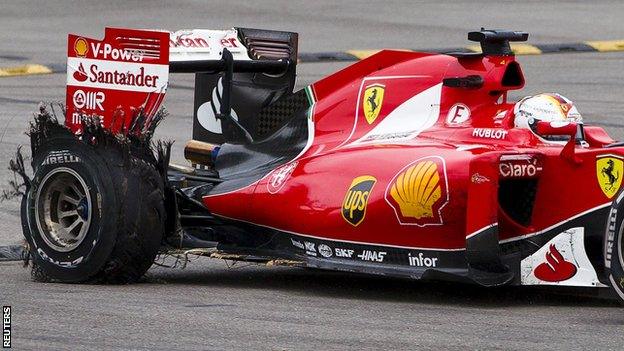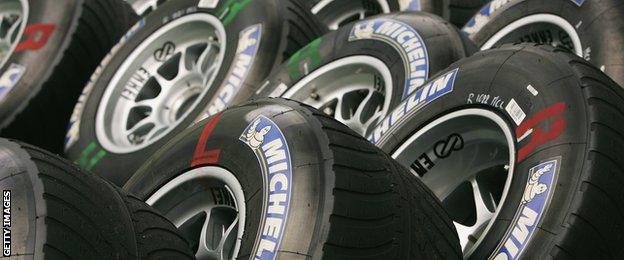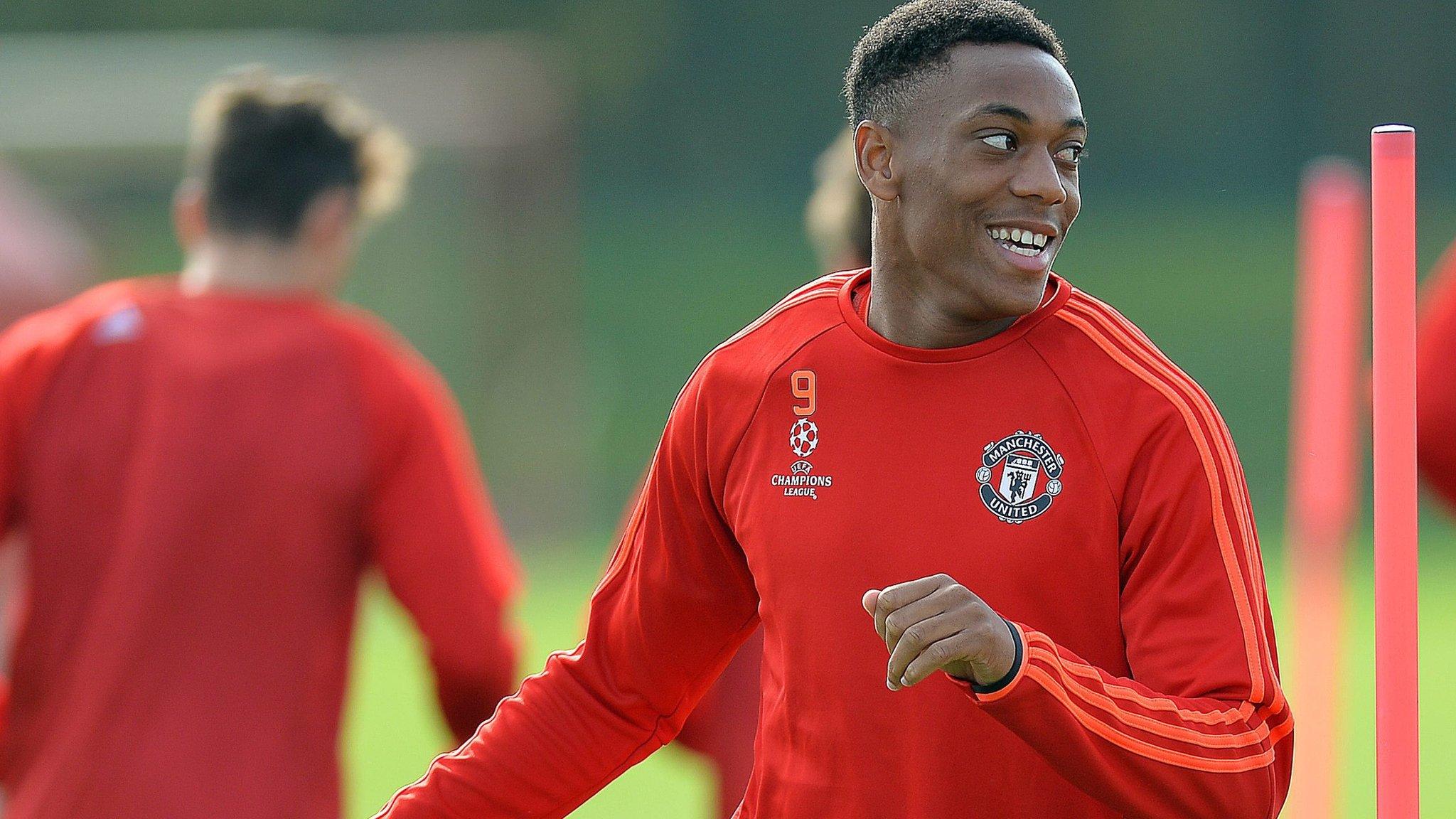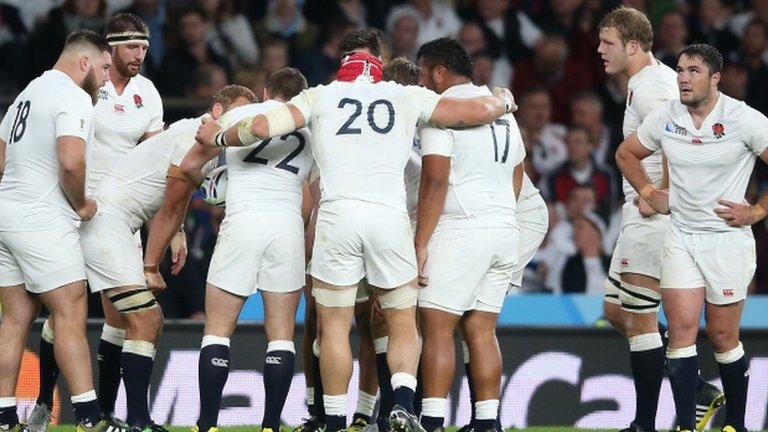Formula 1: Leading teams keen on Michelin tyres switch
- Published

Sebastian Vettel and Nico Rosberg have both experienced dramatic tyre blowouts this season
Formula 1 boss Bernie Ecclestone is coming under pressure behind the scenes to pick Michelin rather than Pirelli as the sport's next tyre supplier.
Pirelli's deal began in 2011 but it is in competition with Michelin for the new contract that runs from 2017-19.
Several leading teams have expressed a preference for a change because of concerns about Pirelli after a series of problems.
Governing body the FIA is also said to have doubts about the Italian company.
The FIA had approved both bids on technical and sporting grounds, leaving the decision in the hands of Ecclestone, who puts together the commercial aspects of the deal.
But it has now has gone back to Pirelli with further questions following the company's reaction to two high-speed failures at last month's Belgian Grand Prix.
What's the problem with Pirelli?
Leading teams' and drivers' faith in Pirelli has diminished in recent months and there is a widespread concern about whether it is the right company for F1.
"There is a number of people making that position clear to Bernie," one leading figure said, wishing to remain anonymous.
Pirelli had a meeting at the Italian Grand Prix earlier this month with Ecclestone, leading team bosses and four of the most successful drivers - Mercedes' Lewis Hamilton and Nico Rosberg, Ferrari's Sebastian Vettel and McLaren's Fernando Alonso.
It expressed discomfort at the public criticism from drivers in the wake of the 200mph blow-outs suffered by Rosberg and Vettel in Belgium.
One source at the meeting said Pirelli was told that "none of these drivers have any faith in your capabilities as F1's tyre supplier". The drivers were asked not to express their concerns in public.
Pirelli blamed both incidents at Spa on cuts to the tyre surface and significantly raised minimum tyre pressures, which reduces vulnerability to such failures, for the Italian and Japanese Grands Prix.
This means the tyres were run at higher pressures than would be typical or ideal at those races - but teams have argued the tyres should be robust enough to survive the high loads created on those fast circuits without needing to be compromised in that way.
Following his failure in Belgium, Vettel said he thought drivers' concerns were taken seriously, but added: "What is the answer? Same as every time: 'There was a cut, debris, there may be something wrong with the bodywork, the driver went wide.' Rubbish."
The tyres' effect on racing

Michelin pulled out of F1 at the end of 2006
Disquiet about the integrity of the tyre - and Pirelli's response to failures - is combined with the fact most current drivers also dislike the characteristics of the tyres, which cannot be driven on the limit for more than two or three laps at a time.
Instead, drivers have to manage the rubber carefully to ensure it makes it to the end of the required stint length for the optimum race strategy.
Pirelli says it is producing what F1 has asked for following Ecclestone's request for high-degradation tyres that promote multiple pit stops.
It has promised to discuss with drivers, teams and officials whether this remains the right approach.
One top driver told BBC Sport: "We agreed to carry on talking to Pirelli, but that's not the main question. The question is could they produce the tyres we want even if they were asked to?"
Many leading engineers told Ecclestone in a meeting earlier this year they believed the current tyres were the best Pirelli could provide.
Will Ecclestone be moved?

F1 has for five years,been using deliberately fragile tyres that promote multiple pit stops
Michelin's bid to become the new tyre supplier is based on producing rubber on which drivers can push to the limit throughout the tyre's life.
It says it has told Ecclestone it is "not against" multiple pit stops or "using technology to increase the show".
Insiders are sceptical as to whether pressure on Ecclestone, who has expressed strong public support for Pirelli, will have any effect.
"The contract will go to the highest bidder - that's the way the world works," one team boss said.
Pirelli declined to comment.
- Published28 September 2015

- Published30 September 2015
- Published30 September 2015

- Published18 December 2015

- Published2 November 2018

- Published26 February 2019
